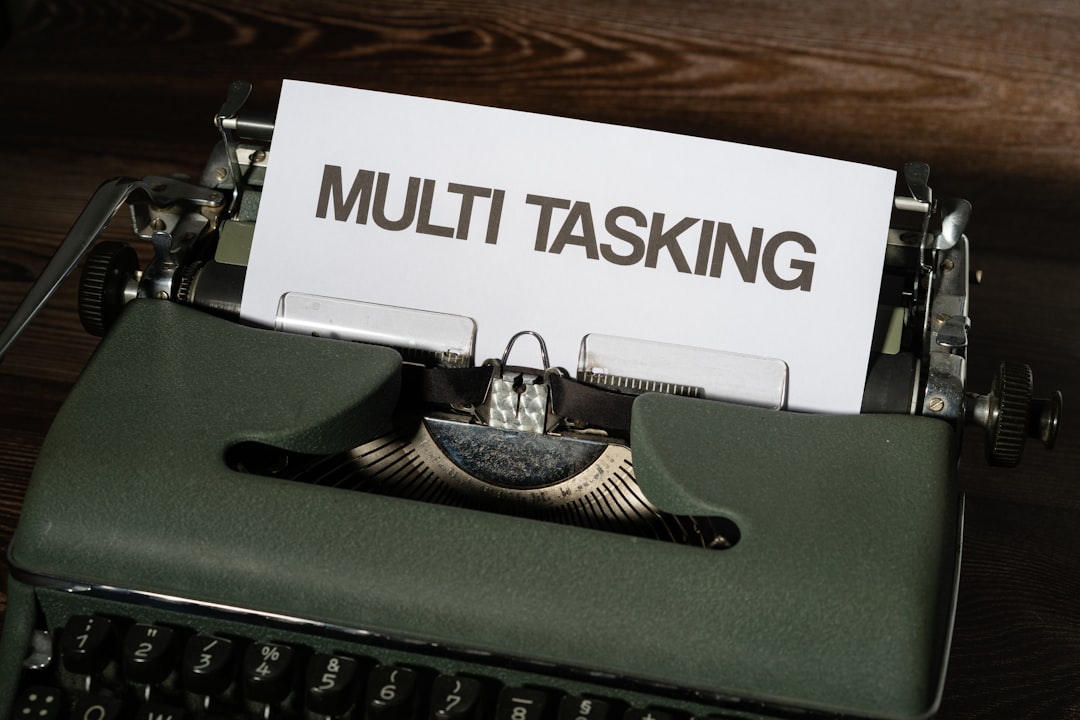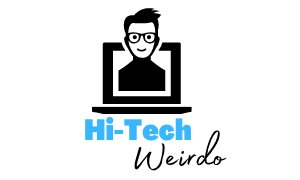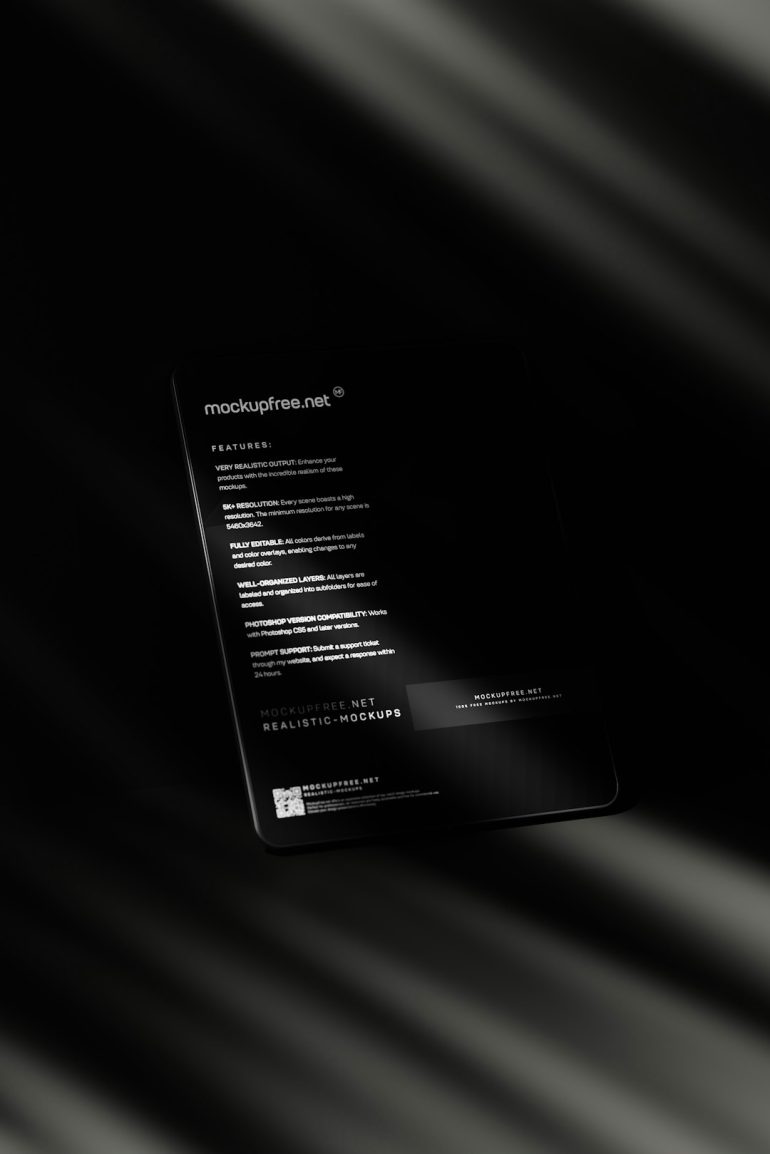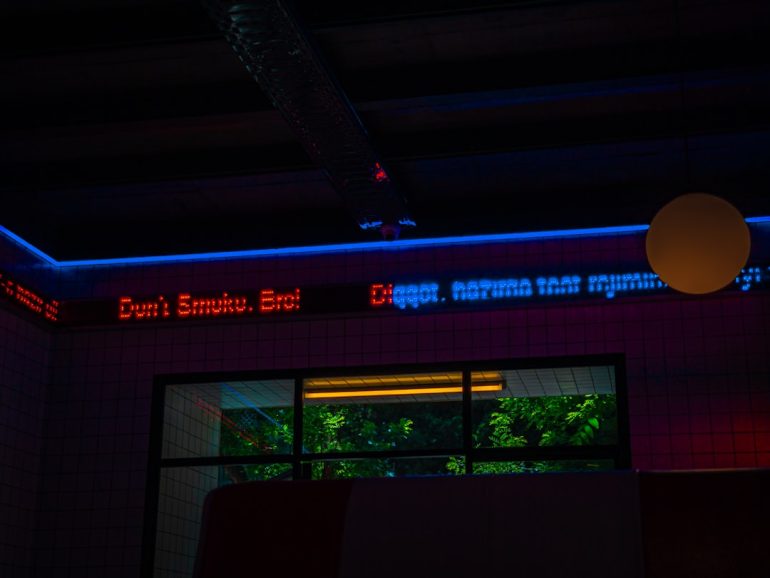Product Events Marketing Automation: Boost Engagement & ROI
In today’s digital-first world, product events have become a powerful strategy for businesses to engage their audience, launch new offerings, and create memorable experiences. However, coordinating these events manually can be overwhelming and resource-intensive. That’s where product events marketing automation comes in. This modern approach leverages technology to streamline processes, enhance participant engagement, and maximize return on investment (ROI).
What Is Product Events Marketing Automation?
Table of Contents
Product events marketing automation refers to the use of software tools and platforms to efficiently plan, execute, and analyze marketing campaigns around product-driven events. Whether it’s a product launch, demo day, trade show presence, or webinar, automation helps businesses deliver personalized experiences at scale.

How Automation Enhances Engagement
Event success is largely measured by audience engagement. Thankfully, automation enables marketers to connect with attendees before, during, and after the event in meaningful ways.
- Personalized Invitations: Automated campaigns can send customized invites based on user data and engagement history.
- Pre-event Teasers: Countdown emails and sneak peeks build anticipation and increase attendance rates.
- Real-time Engagement: Tools like chatbots, interactive polls, and live content delivery ensure on-the-spot interaction.
- Post-event Follow-ups: Automated thank-you emails, surveys, and exclusive offers keep the conversation going well after the event ends.
These tailored touchpoints keep your brand top-of-mind and make the attendee feel valued—a win-win situation.
Maximizing ROI Through Automation
One of the top benefits of using automation in product event marketing is its ability to optimize resource use and track ROI effectively. Here’s how:
- Reduced Labor Costs: With automated workflows and templates, your team spends less time on repetitive tasks and more time on strategic work.
- Performance Tracking: Most platforms offer built-in analytics that monitor registration, attendance, engagement, and follow-through actions like conversions.
- Lead Scoring: Automation tools assess user behavior to assign scores, helping sales teams prioritize high-value leads post-event.
- A/B Testing: Marketers can test variations of emails, landing pages, and call-to-actions to see what resonates most effectively—before scaling it.
By automating workflows, gathering insights, and refining strategies on the go, businesses can stretch their budget and improve campaign efficiency.
Popular Tools for Event Marketing Automation
To implement effective automation, choosing the right tools is critical. Some of the most popular platforms that support event marketing automation include:
- HubSpot: Versatile CRM features that integrate with event management tools for end-to-end automation.
- Marketo: Offers advanced segmentation and lead nurturing capabilities for personalized event campaigns.
- Eventbrite: While more focused on event registration, it integrates seamlessly with marketing automation platforms.
- Zapier: Great for linking multiple tools together, automating notifications, and streamlining workflows.

Best Practices for Automating Event Marketing
To get the most out of automation, consider a few best practices:
- Define Clear Objectives: Understand what success looks like for your product event—brand awareness, lead generation, sales conversions, etc.
- Segment Your Audience: Group your contacts to deliver content that speaks directly to their needs and interests.
- Test & Iterate: Use analytics to measure effectiveness and adapt your strategies accordingly.
- Ensure Integration: Make sure all tools—from email marketing to CRM—work in harmony.
Executing these strategies ensures not only efficient campaign management but also long-term strategic insights into customer behavior and event ROI.
Frequently Asked Questions (FAQ)
- Q: What types of events benefit most from automation?
A: Product launches, webinars, roadshows, and virtual conferences particularly benefit due to high engagement potential and multiple touchpoints. - Q: Is automation only useful for large organizations?
A: Not at all. Small and medium-sized enterprises can also benefit by improving efficiency and personalization without hiring large teams. - Q: How can I measure if automation is working for my event?
A: Key metrics include registration rates, attendance numbers, engagement levels during the event, lead conversion, and customer feedback. - Q: Can automation feel impersonal to attendees?
A: Not if it’s done right. Use data-driven personalization and real-time interactions to ensure automated messages still feel human and relevant. - Q: What’s the first step in setting up an automated event campaign?
A: Start by selecting the right platform that integrates with your existing tools, and outline your customer journey map for the event lifecycle.
In conclusion, automating your product event marketing not only saves time but also significantly elevates participation, personalization, and profits. By tapping into the right tools and strategies, businesses can deliver unforgettable experiences that convert leads into loyal customers.






